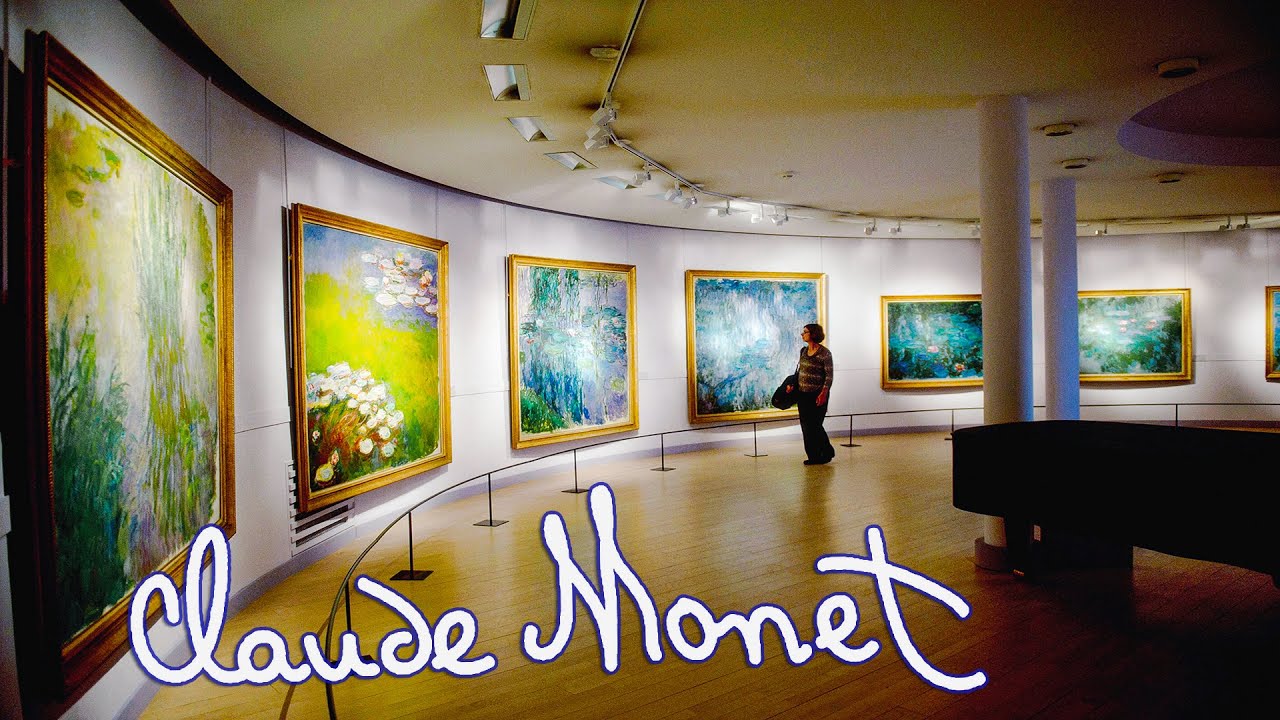Star Arts
Learn more About Art, Masters & Museums on YouTube:
https://goo.gl/RkWdUY
Join this channel to get access to perks:
https://www.youtube.com/channel/UCuOT_KzevdIdlky59UTpdXw/join
Special Thanks for the Music:
Almost in F – Tranquillity by Kevin MacLeod
Source: http://incompetech.com/music/royalty-free/index.html?isrc=USUAN1100394
Artist: http://incompetech.com/
In the final decades of his life, Monet embarked on a series of monumental compositions depicting the lush lily ponds in his gardens in Giverny, in northwestern France. At the end of the nineteenth century, the painter had envisioned a circular installation of vast paintings—he called them *grandes décorations*—that would envelop the viewer in an expanse of water, flora, and sky. This vision materialized in the form of some forty large-scale panels, Water Lilies among them, that Monet produced and continuously reworked from 1914 until his death in 1926.
At this triptych’s center, lilies bloom in a luminous pool of green and blue that is frothed with lavender-tinged reflections of clouds. Thick strokes in darker shades seep into the left panel, while on the right, sky and water are gently swallowed by an expanse of reddish-green vegetation. The dense composition hovers at the threshold of abstraction, its lack of horizon creating an effect of total immersion. After Monet’s death, twenty-two panels were installed on curved walls in the Musée de l’Orangerie in Paris: a gift from the artist to the nation of France. The remaining canvases stayed in his studios until the late 1940s, when collectors and MoMA curators began to take an interest in them.
Thanks for Watching Claude Monet’s Water Lilies mini documentary.
Source




Thanks for posting this.
LINDÍSSIMO ❤️❤️❤️❤️❤️
Hour.s to admire, this paint,,..
Amazing !
Gracias por las maravillosas pinceladas!
Amazing!
really lovely!
Bellisimoo